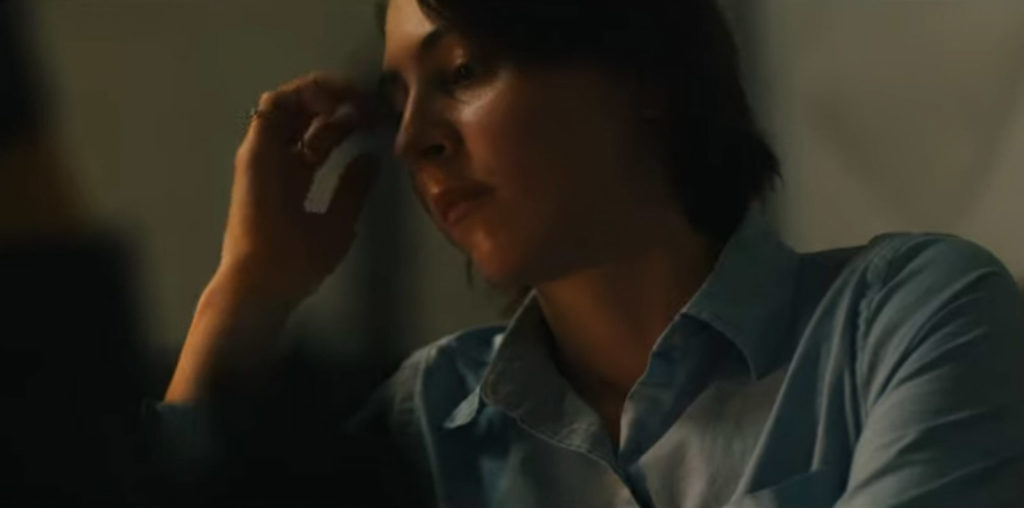
“The Divided Utopia of Neve Shaanan” is a fascinating essay film by Sharon Horodi and Cheb Kammerer about the New Central Bus Station in Tel Aviv, a hideous architectural monstrosity, which divided a thriving neighborhood, and condemned parts of it to isolation and poverty. The developers who built it appear to have had little on their minds other than spending public funds and making money. Perhaps many city-dwellers know of similarly misguided examples of urban “planning.” I thought immediately of Red Hook, blocks from where I live in Brooklyn, where a section of the neighborhood was cut off by a highway, and went into immediate decline.
One section of the film includes a bizarre essay on “lyrical architecture” by the bus station’s architect, Ram Karmi. His words are accompanied by shots of the unbelievably ugly masses of concrete which make up the building, along with barbed wire and filthy fast food joints.
In one section, we see how the original planners of the Tel Aviv neighborhood of Neve Shaanan had a grand scheme to lay out the streets in the form of the Jewish candelabra, the menorah. This utopian plan was never fully realized, and we see shots of the two filmmakers tracing the branches of the menorah, some of which would have run directly through the bus station, with chalk on the city sidewalks. An essay quoted in the voice-over, reveals that the Hebrew word “Shaanan” can mean “tranquility,” but can also refer to the haughty indifference of the wealthy, who ignore the suffering of others.
It is possible to view the original creation of the city of Tel Aviv itself as a kind of aggressive, parasitic attack on the original Arab city of Jaffa. The creation of the bus station does not seem to specifically have had this kind of imperialist intent, since it is imposed by Jews onto other Jews. Yet the same kind of thinking, that one imposes a Grand Design, with high-minded ideals, but without looking closely at the details of the real lives of the individual people who are affected, leads to all sorts of unintended consequences.
We see suffering, homeless beggars near the station. Nevertheless, life manages to thrive. One section shows a large community of Filipino immigrants, many of them now illegal, who congregate every Saturday night at the station. They appear to be having the time of their lives at a series of Karaoke parties. The ecstatically high-spirited tone of their celebrations seem like a triumph over their obviously meagre economic status.
The film closes with a scene of highly vocal young activists in a shouting match with the police. The activists are trying to prevent the cops from deporting some immigrants (who we can’t see because they are already in the police van). The activists argue that the arrests are illegal, because the immigrants are protected by the U.N., and the altercation turns violent. They do not manage to stop the arrests, but it closes the film on a hopeful note, as we see that some people from the neighborhood are politically engaged, and do not passively accept policies which harm people and neighborhoods.
In Horodi and Kammerer’s film essay, they are thinking in precisely the way that it appears the city planners did not think about the bus station: holistically. They are thinking about the effect on the economy, on the culture, on the physical space, on the visual texture, and the effect on people’s interactions, etc. The structure of the film itself, with its multiple commentaries, viewing the effect of the station from different points of view, is thus a kind of argument for a new, multivalent way of thinking about urban spaces.
